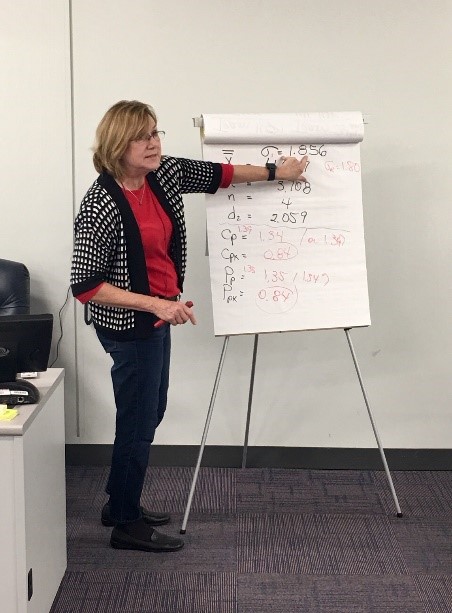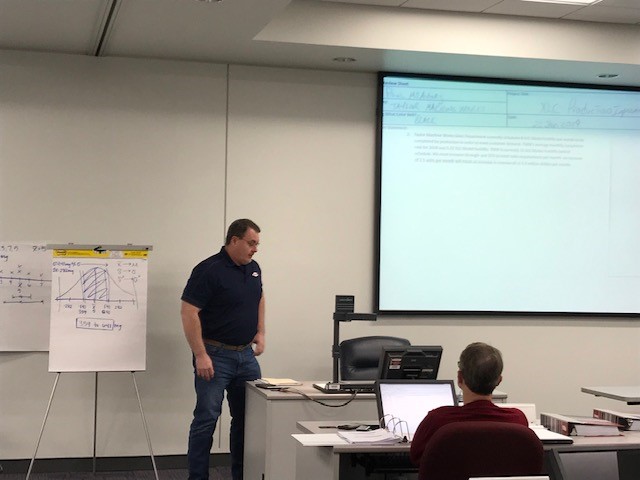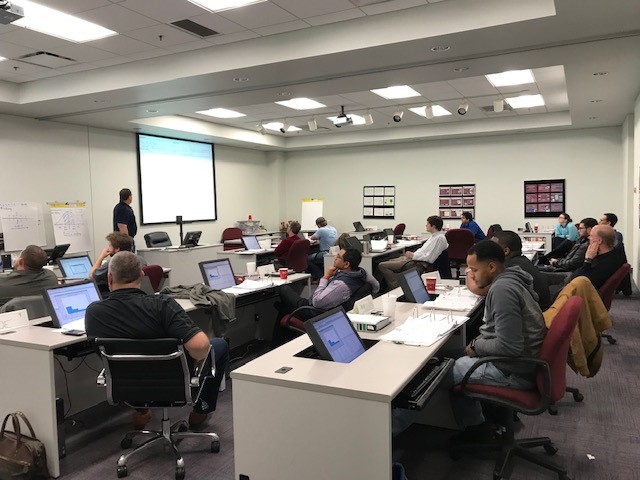CAVS-E delivers Six Sigma Certification courses to help participants develop data-based problem solving methods targeting substantial gains for their respective organizations. Both Green Belt and Black Belt courses are offered by CAVS-E and teach participants how to maximize and sustain business success by reducing the cost of quality, increasing process efficiency, and providing a structure for continuous improvement. Six Sigma can be applied to almost any industry, including healthcare, food production, transportation services and manufacturing.
Six Sigma is a highly-disciplined process that helps companies focus on continuously improving customer satisfaction and profits. The strategies used in Six Sigma are propelled by an understanding of customer needs, a systematic use of data, and careful attention to improving business processes. Variation is the culprit behind many product defects and process inefficiencies. Six Sigma strategies are focused on improving the quality of the output of a process by identifying and removing the root causes of variation.
By identifying and reducing variation in business activities, Six Sigma methods become a change within the organization that improves processes and the quality of products and services delivered to customers. Applying Six Sigma processes helps to reduce errors, customer complaints, production time, schedule delays, and cost overruns. Six Sigma strategies measure, analyze, improve, and control business processes and quality. The success of Six Sigma initiatives depends on its implementation by team members within an organization and can be applied to maximize labor efficiency, reduce inventory, and reduce lead-time, to name just a few of the benefits. Certified Six Sigma professionals should have a clear understanding of how current practices impact the business and be able to use statistical tools to decrease costs, increase revenue, and improve processes.
Six Sigma certification is given a "Belt" title that corresponds to the participant's level of experience and depth of study. While some companies train their employees in White and Yellow Belts, Green and Black Belts are the most widely-recognized. CAVS-E participants can earn either a Green Belt or a Black Belt. The Green Belt receives instruction in the basic use of statistical data analysis, with an emphasis on team problem-solving techniques. Black Belts should be able to lead a team and are knowledgeable of the use of statistical data analysis, designed experiments, and project management.
CAVS-E uses the Six Sigma DMAIC (define, measure, analyze, improve, control) process in its Black Belt certification, which is an improvement methodology for existing processes that do not meet customer and business standards. CAVS-E's Six Sigma Green Belt and Black Belt Certifications consist of 11 days of scheduled training during a five month period. Each participant is required to implement techniques and tools on an approved project and receives consulting support to assist with the successful completion of their project.
To register for CAVS-E Six Sigma Green and Black Belt Certification courses, visit cavse.msstate.edu.




